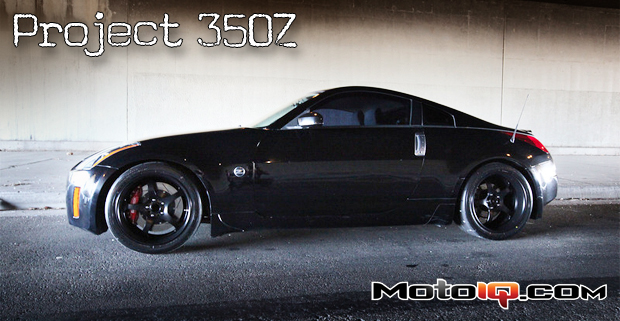,
 |
| You can see the large cutouts in the stock subframe bushings that allow a lot of movement. The bushings were also very worn and sagged. This allowed the subframe to shift over 1/2 inch under load. 1/2 inch at the subframe equates to over an inch at the wheels. No wonder the car felt unstable. |
The stock subframe bushings were designed to have a large amount of fore and aft movement in them with less movement from side to side to presumably absorb more shock while being steady under side load. In their deteriorated condition, they were really allowing things to move in an uncontrolled fashion.
 |
| Look at how the bushing has sagged and shifted. |
The Whiteline subframe bushings are considerably more solid that the stock squishy rubber pieces which allow quite a bit of movement even when they are in good condition. These bushings would make a huge difference in how the car handled, judging from the condition of the stock bushings, we knew it would be night and day.
 |
| The windows in the stock bushings are huge! |
Being urethane the Whiteline bushings will also be less noisy and transfers less vibration to the chassis than the aluminum and delrin bushings on the market from other companies. The Whiteline bushings have a slight amount of fore and aft movement engineered into them like stock while eliminating lateral deflection almost entirely. We have had very good luck with these bushings on Dai Yoshihara’s Time Attack 350Z convertible.
 |
| The windows in the Whiteline bushings are 1/3 the size of the stock bushings. The material is also much harder. This is a good compromise between stock and a completely solid bushing. |
We also installed Whiteline's rear differential bushings. Deteriorated stock rubber bushings were contributing to a clunking noise we were hearing from the back of the car and wheel hop as the diff would move around under load. The Whiteline polyurethane bushings replaced the worn stock parts. We noticed that the Whiteline parts had some engineered flex in them in the form of holes around the mid section of the rear bushings. This is to give a little cushion by allowing a small amount of movement to the rear of the diff housing. This reduces shock load to the ring and pinion as well as the axle CV joints.
 |
| The stock rubber differential bushings were also worn and allowing a lot of play resulting in clunking and wheel hop. We replaced them with these Whiteline urethane bushings (part number KDT911). |


